Onsen Tamago is an egg dish that is prepared using a traditional Japanese cooking method. It features delicate, custard-like egg whites and rich, creamy yolks that can be enjoyed on their own or as a topping for various dishes.
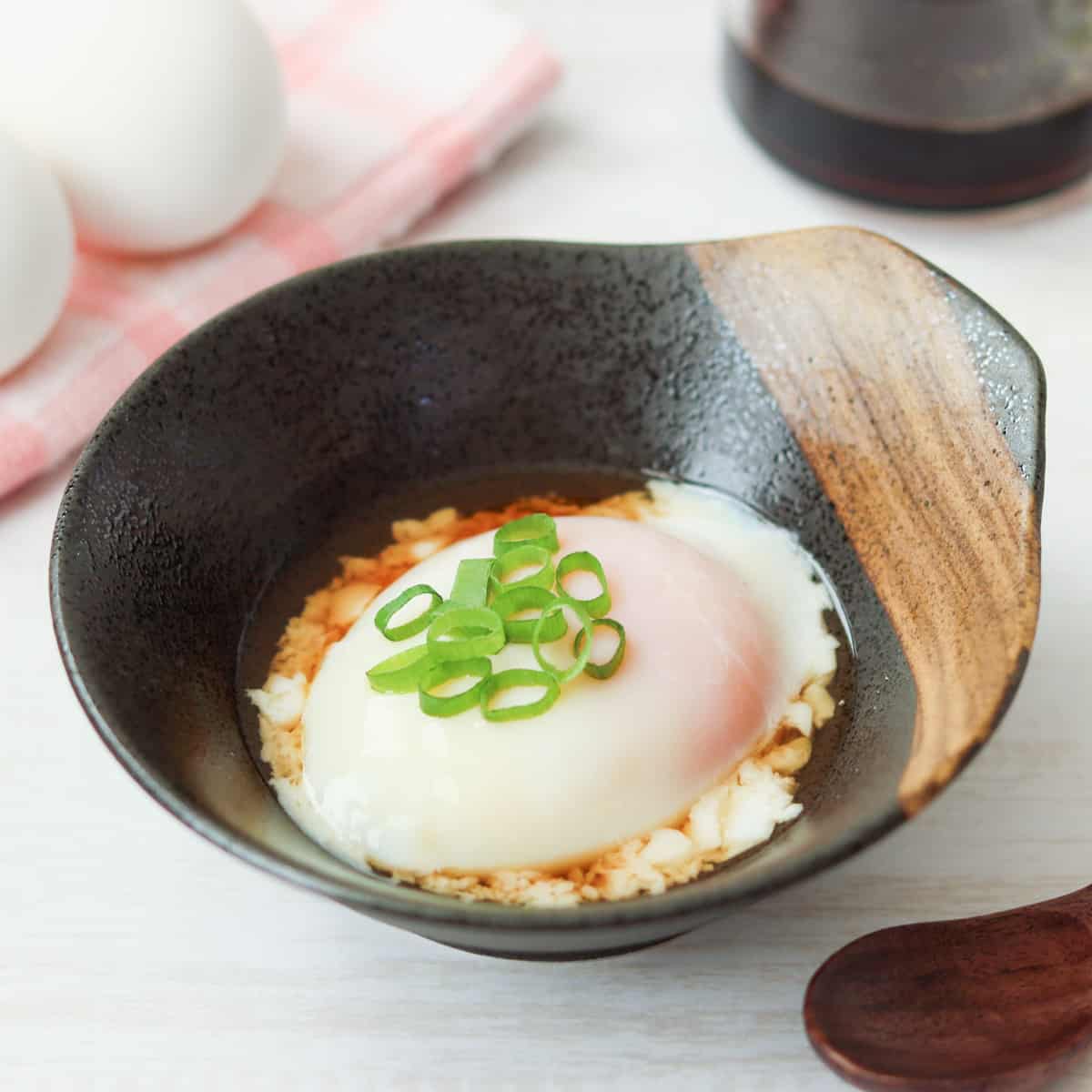
Jump to:
What is Onsen Tamago?
Onsen Tamago is an egg dish made by immersing eggs in hot water for a certain period of time, resulting in a creamy, semi-cooked yolk and a partially set white. "Onsen" means hot spring, and "Tamago" refers to egg. The dish gets its name because it was traditionally cooked in hot springs. It is sometimes called "Ontama" for short.
This simple dish, made solely with eggs, has a unique texture that is distinct from both soft-boiled eggs and poached eggs. It is delicious on its own and is a familiar topping for salads, rice bowls, udon, and curry in Japan. Since the flavor of the egg directly affects the overall taste, it is best to use fresh, high-quality eggs if possible.
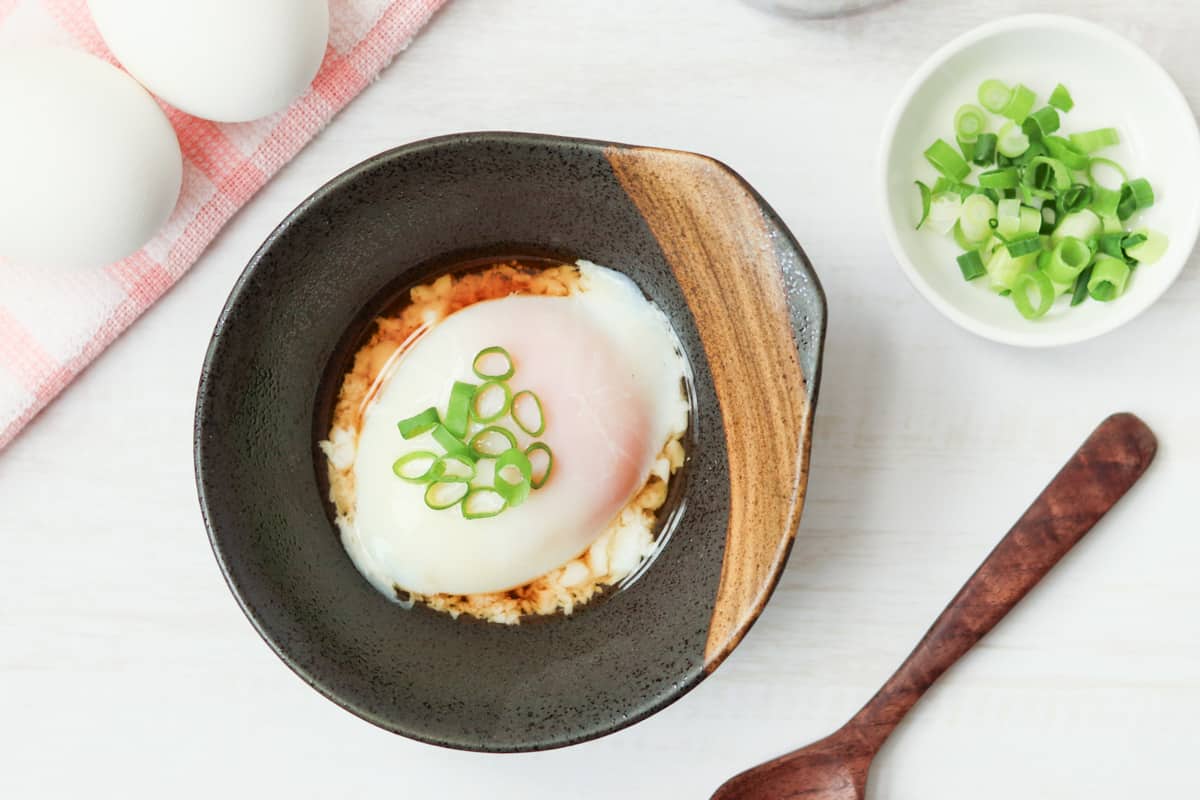
The science behind onsen tamago's unique texture
The distinctive feature of this dish lies in the unique texture of the eggs.
While a typical boiled egg solidifies from the whites first, onsen tamago solidifies from the yolk first. This is because onsen tamago is made by immersing eggs in water at around 167℉ (75℃).
The proteins in egg whites and yolks solidify at different temperatures. The yolk begins to solidify at 149℉ (65℃) and fully solidifies at 158℉ (70℃), while the whites start to solidify at 136℉ (58℃) but don't completely solidify until they reach 176℉ (80℃).
In other words, onsen tamago is made by taking advantage of the difference in the temperature ranges at which the proteins in the yolk and white coagulate. The yolk is cooked to a rare, semi-solid state, while the white remains custard-like and partially set, resulting in a texture somewhere between a raw egg and a soft-boiled egg.
Temperature control methods
Proper temperature control is crucial for making onsen tamago.
If you have a food thermometer, heat water in a pot and measure its temperature. Since the water temperature gradually decreases over time, adding the eggs when it drops to 167-176℉ (75-80℃) will yield the best results.
However, this method is not commonly used in Japan. Instead, one of the following methods, which don’t require a thermometer, is often used:
- Place an egg in a heatproof container and pour boiling water into it.
- Pour room-temperature tap water into a pot of boiling water before adding eggs.
The first method works well when cooking a single egg, while the second method is suitable for cooking multiple eggs.
With the method of pouring boiling water, both the container and egg absorb heat, resulting in a water temperature of around 167℉ (75℃). On the other hand, with the method of adding tap water, the optimal temperature is reached by mixing boiling water with tap water.
While both methods are included in this recipe, factors such as elevation and whether you live in a cold or warm region can affect the boiling point of water and the temperature of tap water. These variations may cause the recipe not to turn out as expected. In such cases, adjust the amounts of boiling water and tap water to achieve a temperature of around 167℉ (75℃) according to your local conditions.
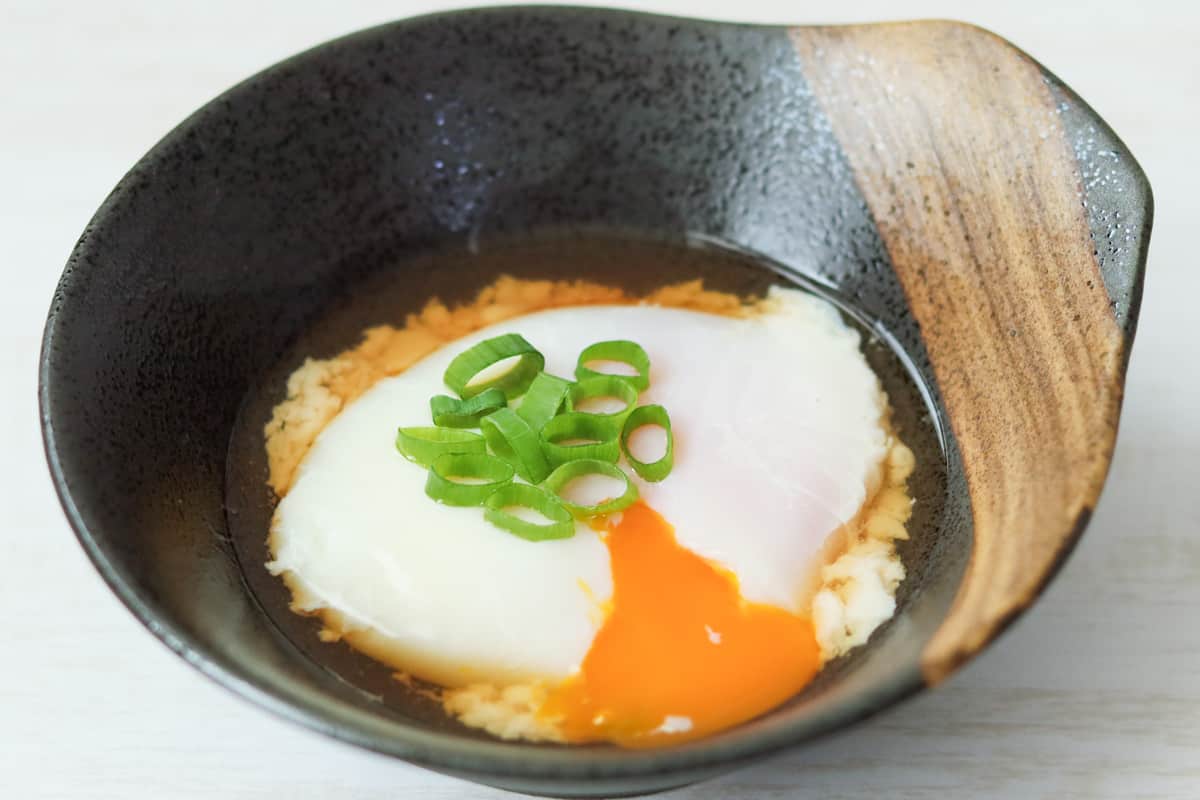
Condiment options
Onsen tamago doesn't require any seasoning when used as a topping for salads, rice bowls, udon, or curry. However, when enjoyed on its own, it is common to drizzle it with dashi soy sauce, mentsuyu (a Japanese noodle soup base), or shiro dashi (a light-colored soup base). My personal recommendation is definitely dashi soy sauce.
While dashi soy sauce is available in stores, it is also easy to make at home. This recipe provides a simple method for preparing it. If you are interested in trying a more authentic version, please refer to the recipe on the linked page. You can also use it in a variety of other Japanese dishes.
Food safety precautions
Before preparing this dish, it is important to note that there is a slight risk of food poisoning.
Typically, Salmonella bacteria, the main cause of food poisoning from eggs, can be killed by heating to 167℉ (75℃) for at least 1 minute or 149℉ (65℃) for at least 5 minutes. Onsen tamago is made by immersing eggs in hot water at around 167℉ (75℃) for about 15 minutes, but as the water temperature gradually decreases over time, there is a possibility that Salmonella bacteria may not be completely killed.
While eggs distributed in developed countries are generally safe, if there are hygiene concerns regarding eggs in your area, it is recommended to use pasteurized eggs. Additionally, individuals with weakened immune systems, such as pregnant women, older adults, and children under 2 years old, are advised to avoid consuming this dish.
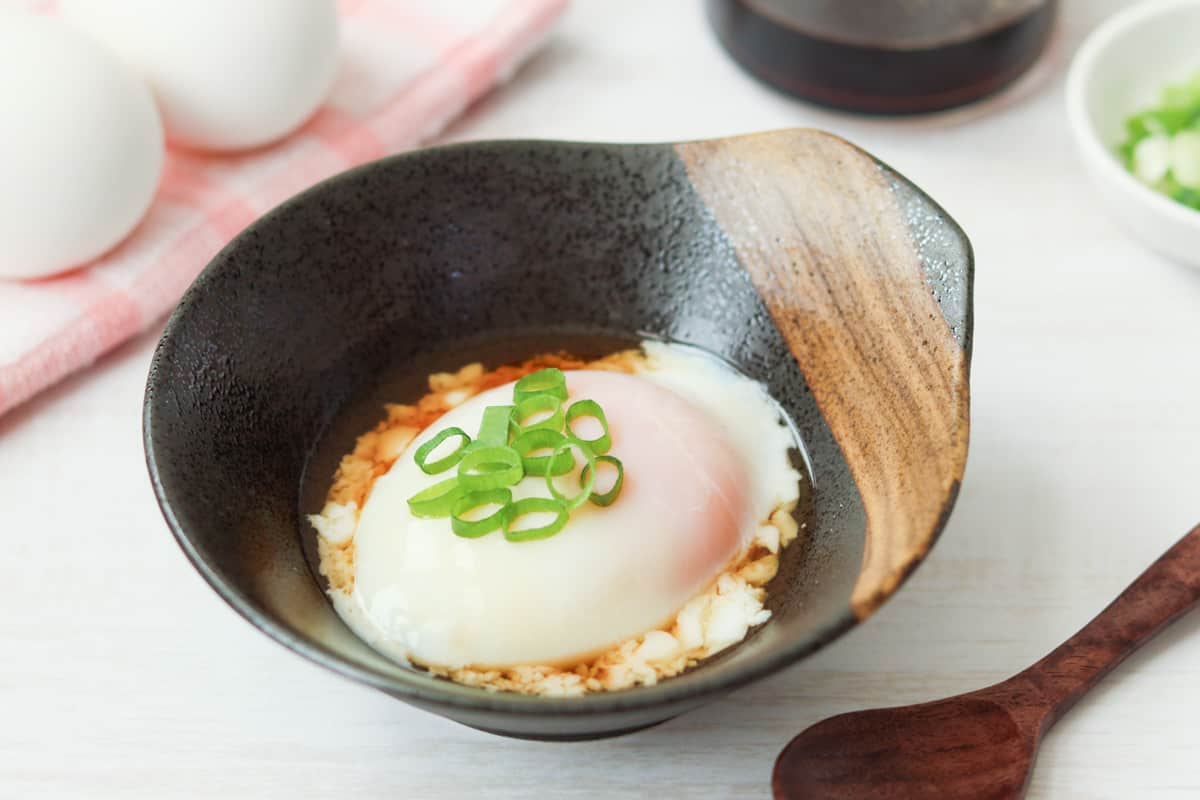
📋Step-by-step recipe
Ingredients
For the easiest method—pouring boiling water (suitable for a single serving only):
- 1 egg (straight from the refrigerator)
- 2 cups (500 ml) freshly boiled water
For the method using tap water (suitable for multiple servings):
- 4 eggs (straight from the refrigerator)
- 4 cups water
- ¾ cup room-temperature tap water
Simple dashi soy sauce:
- 1 Tbsp sake
- 1 Tbsp mirin
- ⅙ cup soy sauce
- ⅛ cup bonito flakes (katsuobushi)
Topping:
- green onions / scallions (thinly sliced)
Instructions
🕒 Total: 16-20 mins
The easiest method—pouring boiling water (suitable for a single serving only):
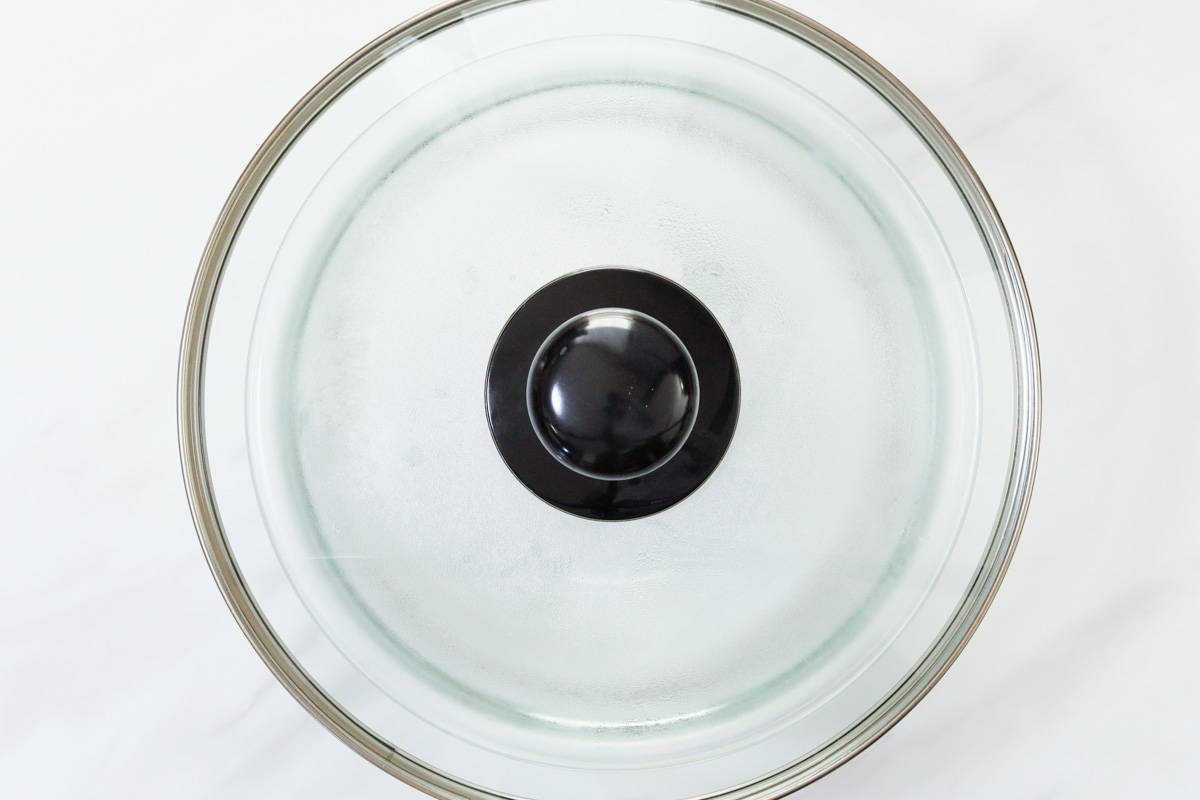
Step 1
Place the egg in a heatproof container* and pour freshly boiled water into the container, avoiding direct contact with the egg as much as possible. Cover the container with a lid or plastic wrap, and let the egg sit for 15 minutes.
*Make sure to use a container that is large enough for the egg to be completely submerged once the water is added.
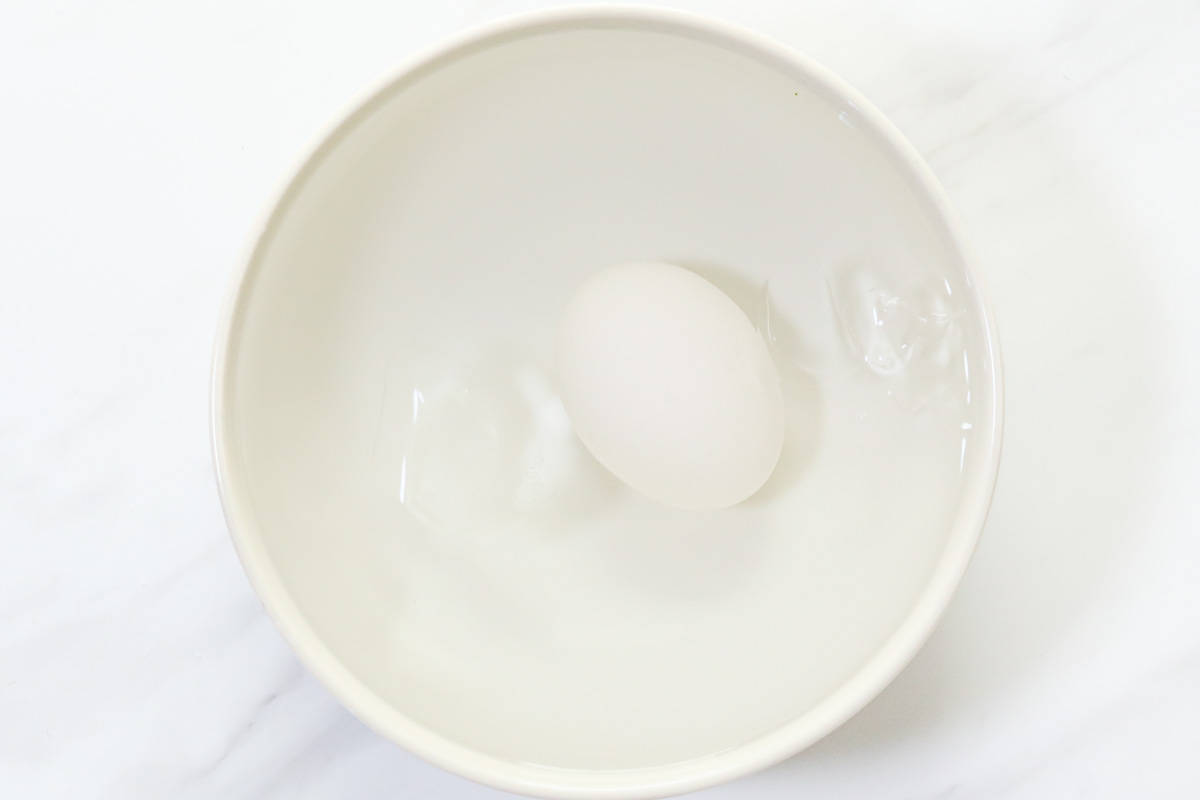
Step 2
Remove the egg from the container and cool it under running water or in an ice bath to minimize residual heat.
The method using tap water (suitable for multiple servings):
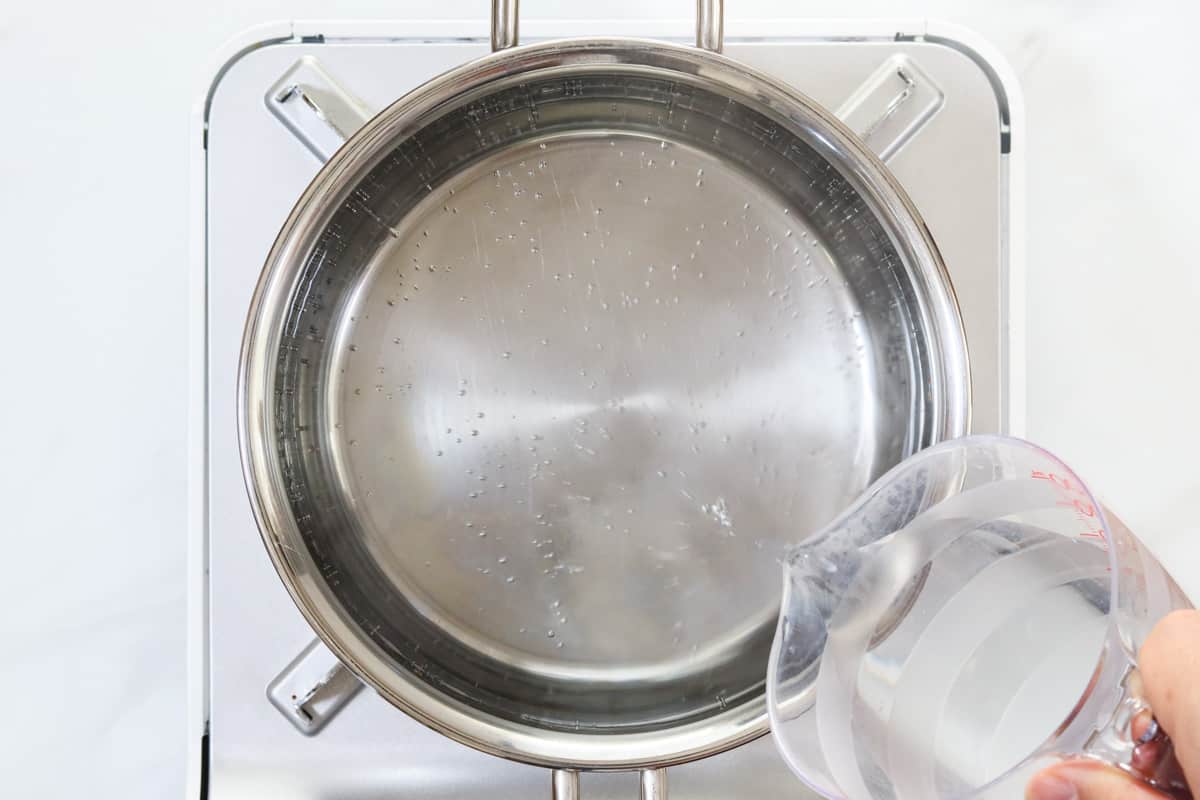
Step 1
Fill a pot with water and bring it to a boil. Once boiling, remove it from the heat and add the tap water to lower the temperature of the water in the pot.
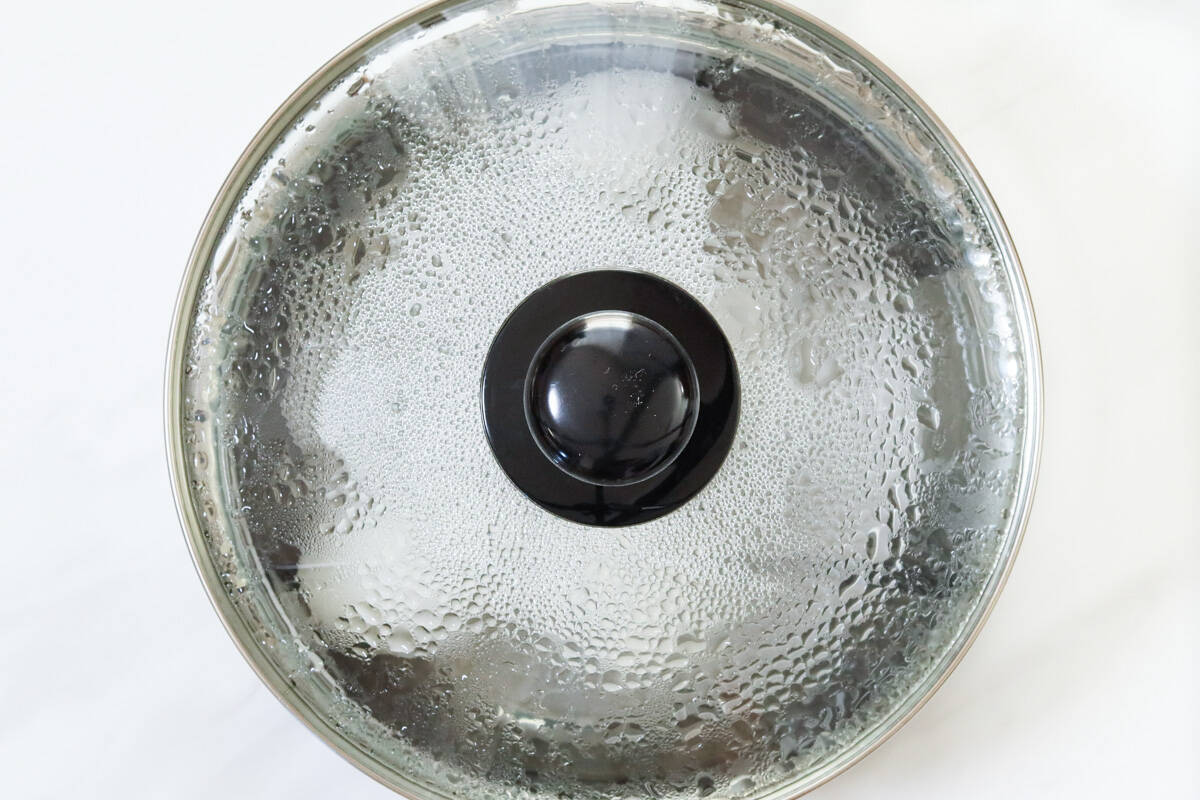
Step 2
Carefully add eggs to the pot one by one using a slotted spoon or ladle to prevent them from cracking. Cover with a lid and let them sit for 15 minutes.
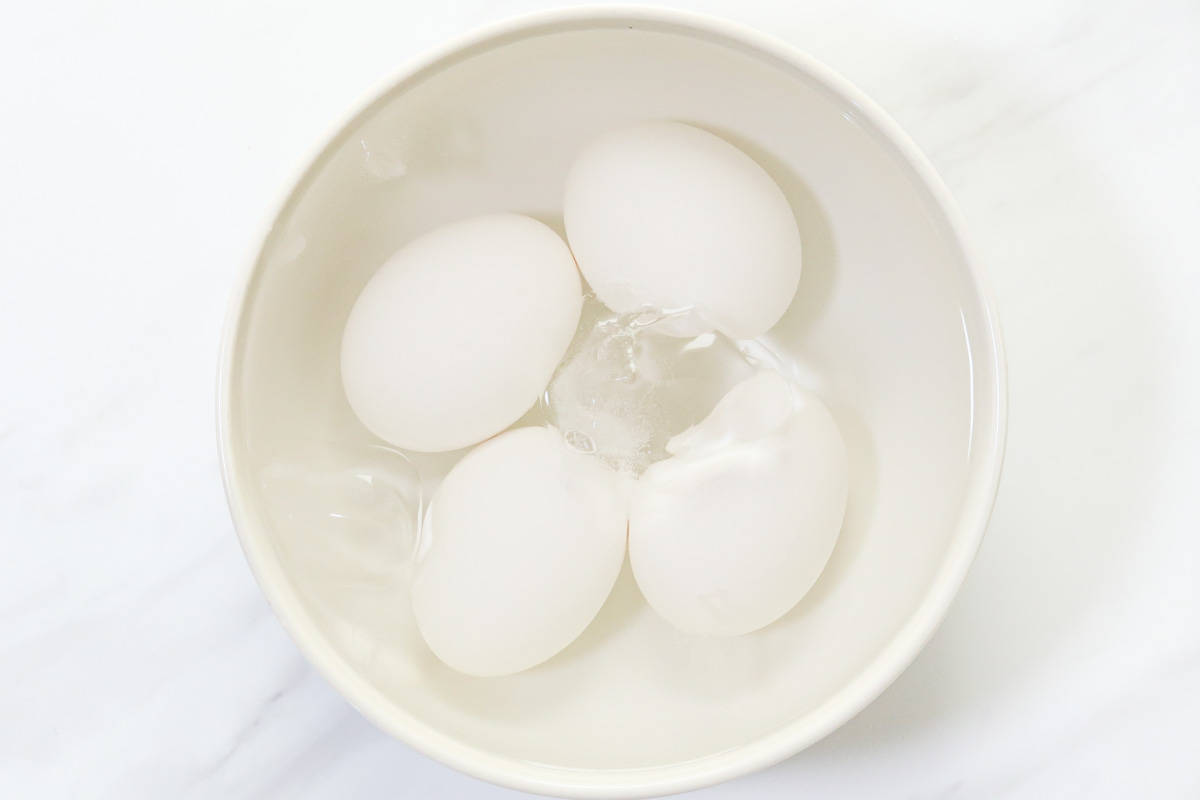
Step 3
Remove the eggs from the pot and cool them under running water or in an ice bath to minimize residual heat.
Steps to make simple dashi soy sauce:
(If you already have dashi soy sauce, mentsuyu, or shirodashi on hand, or if you are using onsen tamago as a topping rather than eating it on its own, you can skip this section.)
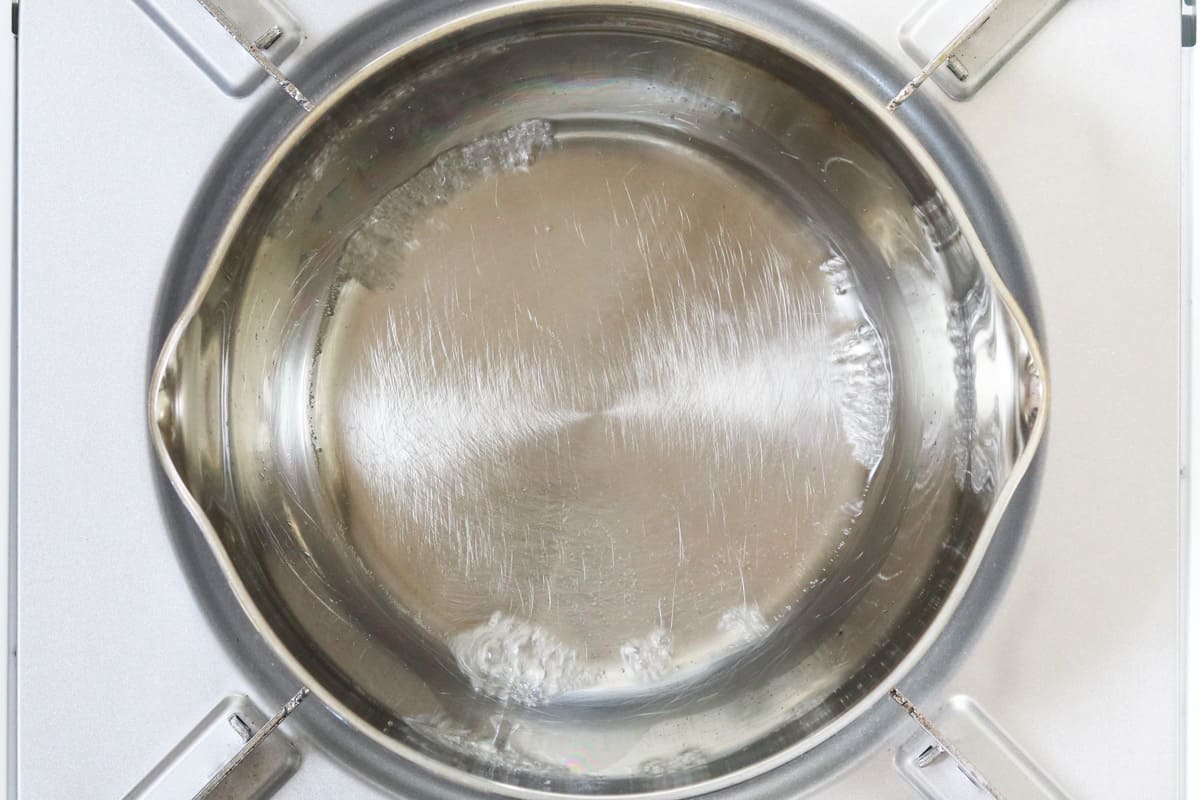
Step 1
Put sake and mirin in a pot and simmer over low heat for 1-2 minutes until the alcohol has evaporated (i.e., until the strong smell dissipates).
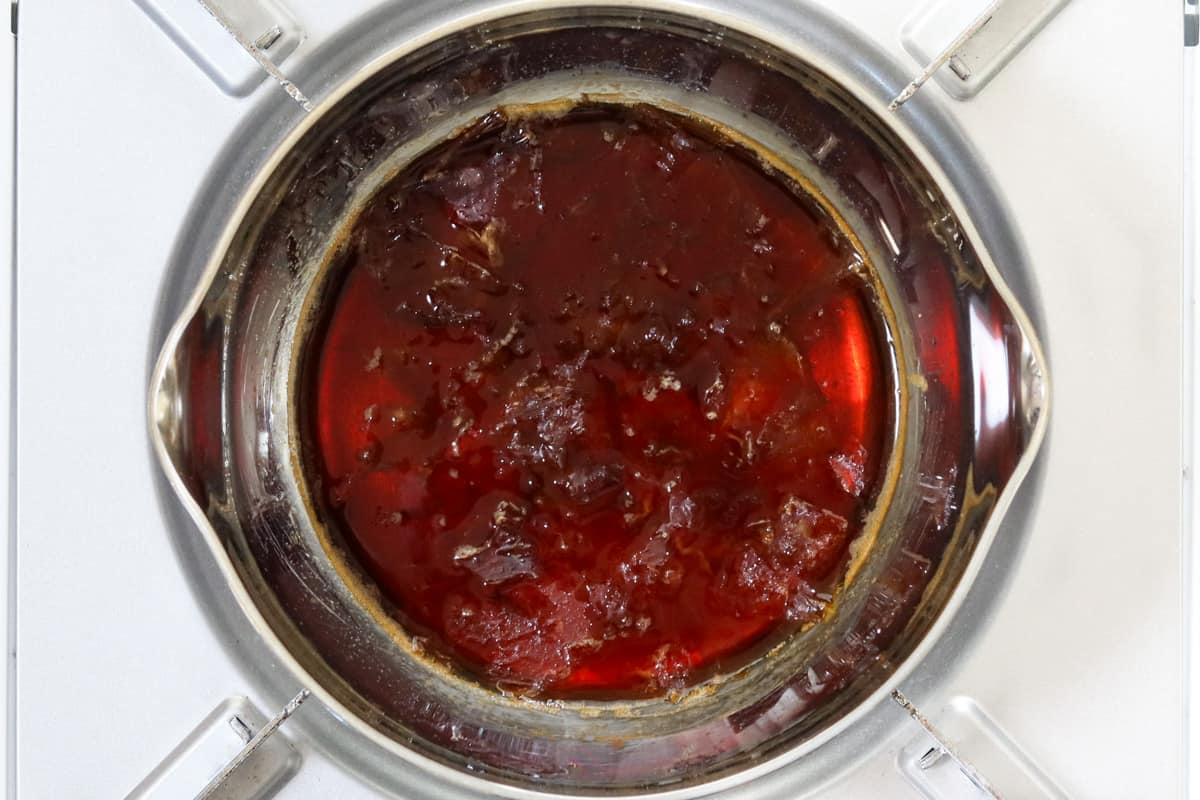
Step 2
Pour soy sauce into the pot and continue heating until it begins to boil. Once boiling, turn off the heat, add bonito flakes, and let them steep for 2 minutes. Strain the mixture through a fine-mesh sieve into a container. Simple dashi soy sauce is ready.
For serving:
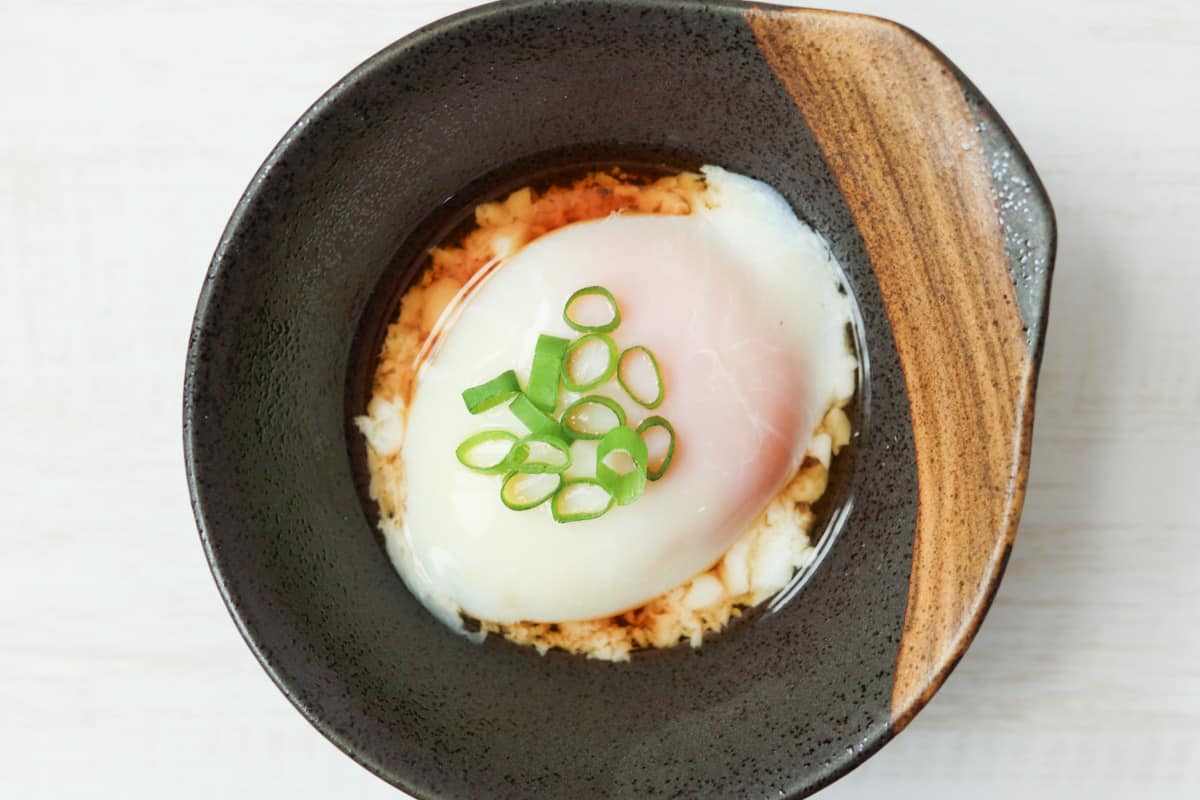
Step 1
Crack the onsen tamago into bowls, drizzle with dashi soy sauce, and top with green onions to taste.
To store
You can store it in the refrigerator for up to 3 days with the shell still on.
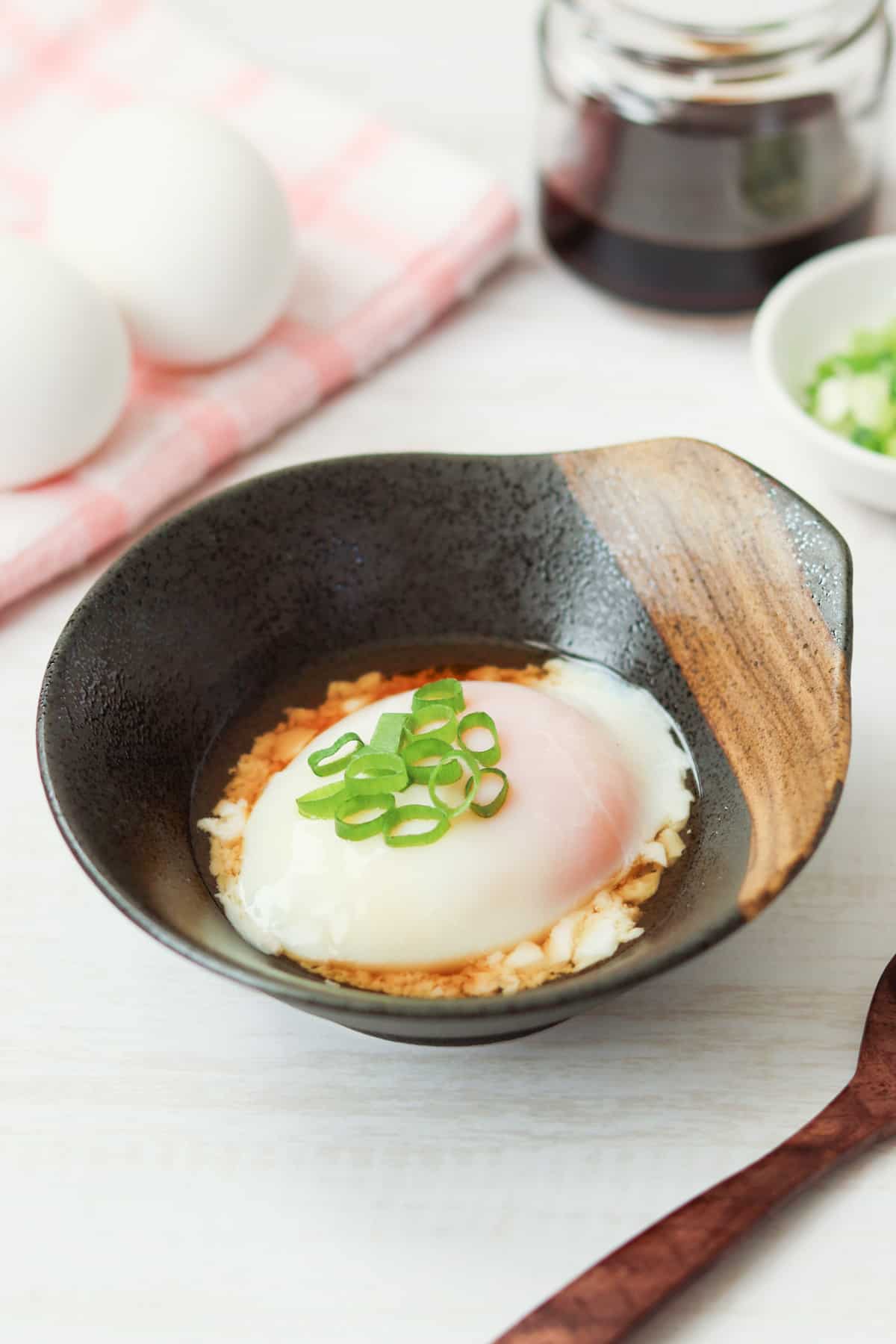
If you try this recipe, I’d love to hear what you think. Please consider leaving a review and star rating in the comments below. If you enjoyed it, I’d really appreciate it if you shared it with your friends.
More egg recipes you'll love
Recipe card

Onsen Tamago (Hot Spring Eggs)
Ingredients
For the easiest method—pouring boiling water (suitable for a single serving only):
- 1 egg (straight from the refrigerator)
- 2 cups (500 ml) freshly boiled water
For the method using tap water (suitable for multiple servings):
- 4 eggs (straight from the refrigerator)
- 4 cups water
- ¾ cup room-temperature tap water
Simple dashi soy sauce:
- 1 Tbsp sake
- 1 Tbsp mirin
- ⅙ cup soy sauce
- ⅛ cup bonito flakes (katsuobushi)
Topping:
- green onions / scallions (thinly sliced)
Instructions
The easiest method—pouring boiling water (suitable for a single serving only):
- Place the egg in a heatproof container* and pour freshly boiled water into the container, avoiding direct contact with the egg as much as possible. Cover the container with a lid or plastic wrap, and let the egg sit for 15 minutes.*Make sure to use a container that is large enough for the egg to be completely submerged once the water is added.
- Remove the egg from the container and cool it under running water or in an ice bath to minimize residual heat.
The method using tap water (suitable for multiple servings):
- Fill a pot with water and bring it to a boil. Once boiling, remove it from the heat and add the tap water to lower the temperature of the water in the pot.
- Carefully add eggs to the pot one by one using a slotted spoon or ladle to prevent them from cracking. Cover with a lid and let them sit for 15 minutes.
- Remove the eggs from the pot and cool them under running water or in an ice bath to minimize residual heat.
Steps to make simple dashi soy sauce:
(If you already have dashi soy sauce, mentsuyu, or shirodashi on hand, or if you are using onsen tamago as a topping rather than eating it on its own, you can skip this section.)
- Put sake and mirin in a pot and simmer over low heat for 1-2 minutes until the alcohol has evaporated (i.e., until the strong smell dissipates).
- Pour soy sauce into the pot and continue heating until it begins to boil. Once boiling, turn off the heat, add bonito flakes, and let them steep for 2 minutes. Strain the mixture through a fine-mesh sieve into a container. Simple dashi soy sauce is ready.
For serving:
- Crack the onsen tamago into bowls, drizzle with dashi soy sauce, and top with green onions to taste.
Notes
- Total cooking time for the method using a pot is about 20 minutes.
- You can store it in the refrigerator for up to 3 days with the shell still on.

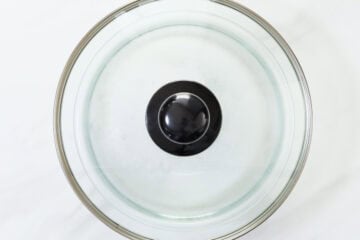
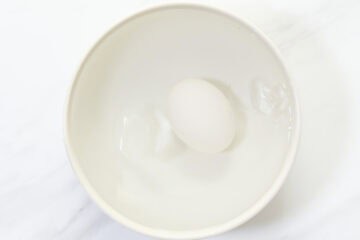
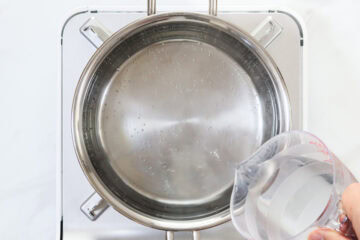
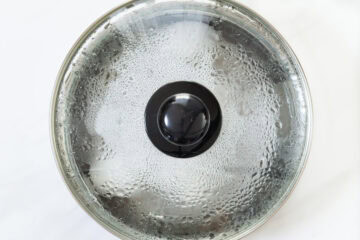
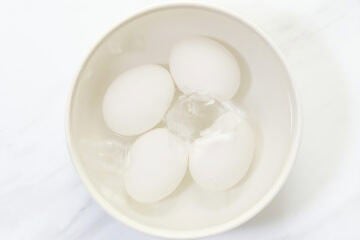
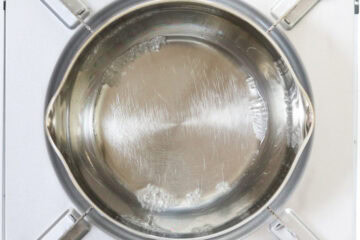
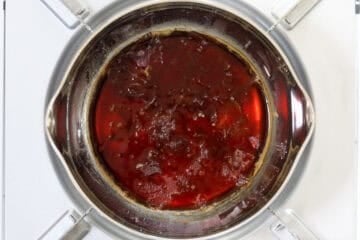
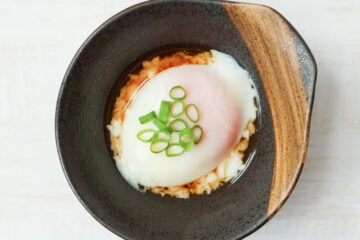
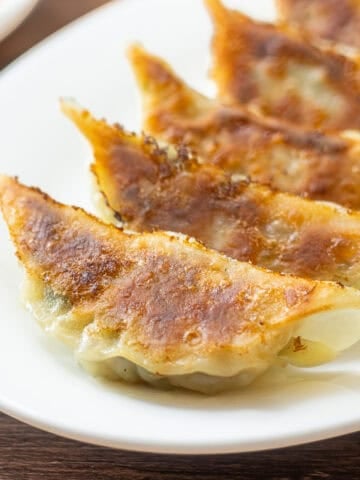
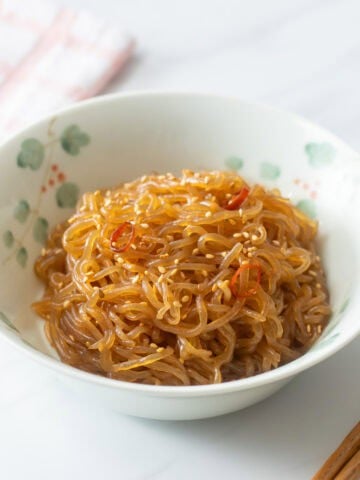
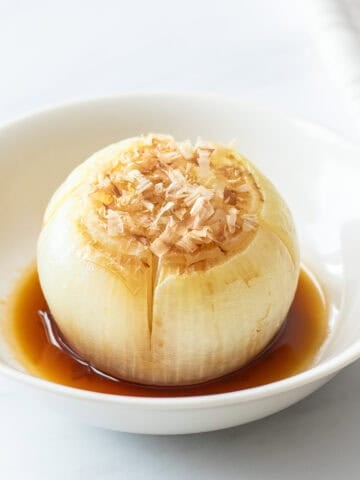
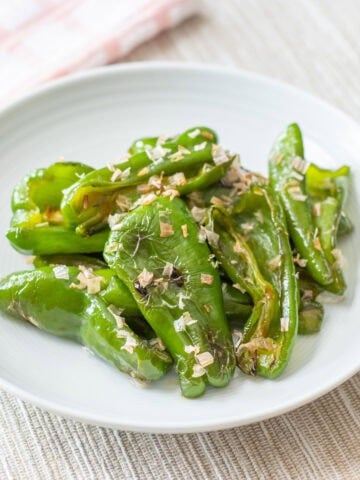
Leave a Rating and a Comment